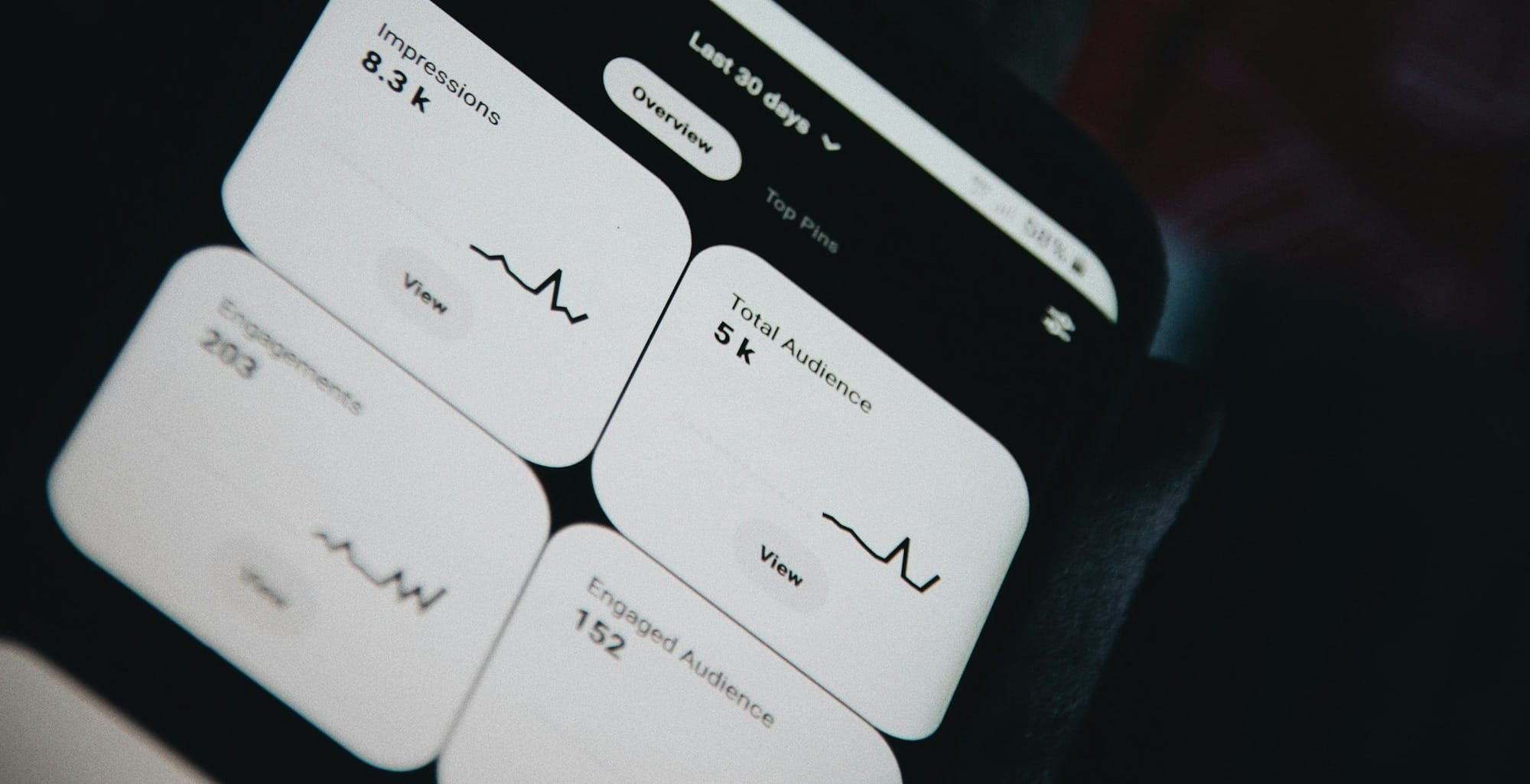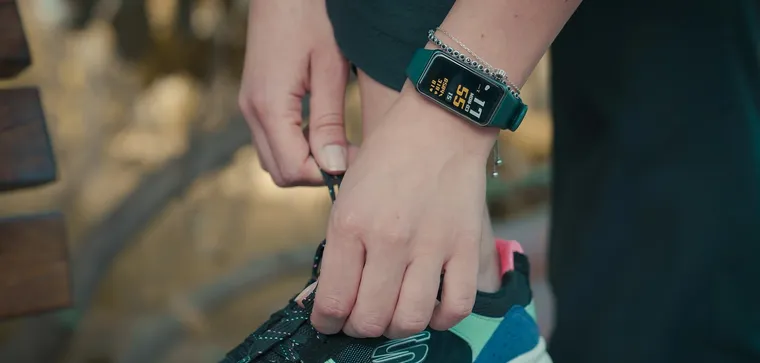These devices, available as both at-home systems and on-the-go wearables, can integrate advanced features like fall detection and location tracking. They are invaluable for enhancing personal safety and fostering greater independence.
Types of Medical Alert Devices
Medical alert devices come in various forms, catering to different needs and preferences. The most common types include base units, wearable help buttons, and wall-mounted sensors. Base units are often designed for home use, providing a central hub that connects to emergency services. Wearable help buttons can be either pendants or wristbands, allowing users to call for assistance with a simple press. Wall-mounted sensors offer an additional layer of security in key areas like bathrooms and bedrooms where accidents are more likely to occur.
Beyond these traditional options, newer and more technologically advanced medical alert systems have emerged. Smartwatches and smartphones can now be integrated into medical alert setups, offering a blend of health monitoring and emergency alert capabilities. Some systems even come with features such as GPS tracking, fall detection, and two-way communication, which provide heightened safety both inside and outside the home. With such a diverse range of devices, it's easier than ever to find a medical alert solution that fits your lifestyle and needs.

Home-Based vs Mobile Systems
Home-based systems are designed to provide security and ease of mind for individuals who spend a considerable amount of time at home. These systems usually consist of a central base station, often set up in a central location of the house, paired with wearable devices such as pendants or wristbands equipped with help buttons. If the button is pressed, the base station connects the user to a monitoring center or designated contact. This setup can use either a traditional landline or a cellular connection provided by the medical alert company. These systems are particularly beneficial for older adults with chronic conditions or limited mobility, providing a reliable and quick means to seek assistance during emergencies.
Mobile systems, also known as on-the-go systems, offer a flexible solution for more active individuals. These devices are typically wearables that are designed for use both at home and away from home. They often feature integrated GPS capabilities, which can be crucial for locating the user during an emergency. Mobile systems connect to the monitoring center via a cellular network, ensuring help is available regardless of the user’s location. This option is ideal for older adults who maintain an active lifestyle, giving them the freedom to travel and stay active while retaining the security of knowing help is just a button press away.
Key Features to Look For
When selecting a medical alert device, consider systems offering 24/7 monitoring. This feature ensures that professional help is available at any time, providing peace of mind for both the user and their caregivers. Fall detection is another critical function that automatically sends alerts if the user experiences a sudden drop, which can be life-saving in situations where users are incapable of pushing the help button.
Other valuable features include location tracking via GPS, which is particularly useful for users who are mobile and might wander. Some systems come integrated with activity tracking and caregiver notifications, enabling family members to stay informed about the user’s well-being. Additionally, advanced options like Bluetooth connectivity can sync the device with other health monitoring tools, providing a comprehensive approach to personal health and safety.
Tags:
Personal Health Alert Systems
Monitored Medical Alert Systems
Best Emergency Alert Device For Seniors
Medical Alert Devices Near Me
Home Medical Alert Systems For Seniors
Medical Alert Devices For Seniors

